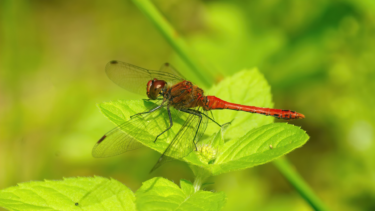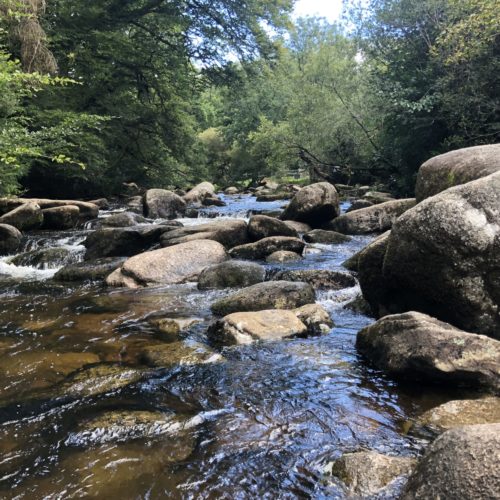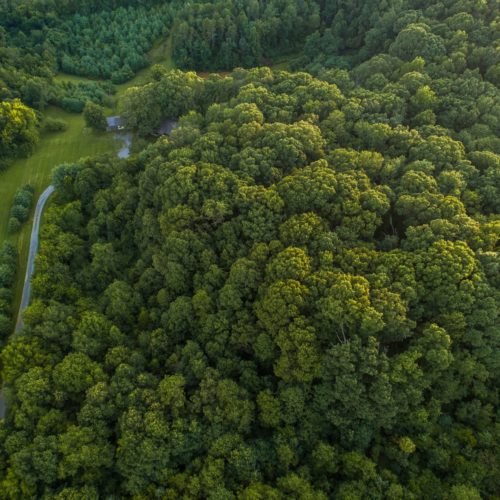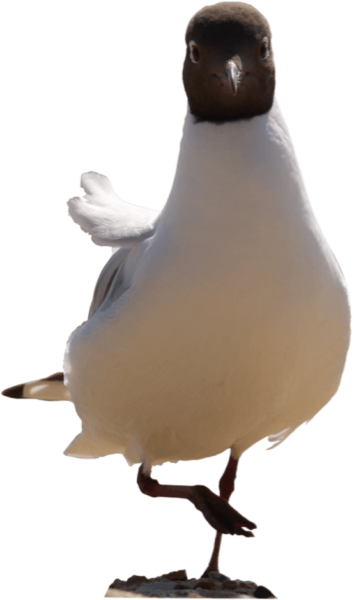We work with global businesses to help them understand their obligations and impacts under the EU Taxonomy. We have developed a highly focussed, map-based methodology to assess their environmental impacts on different ecologically-sensitive sites across the globe.
The European Green Deal framework was launched in late 2019 and aims to make Europe the first climate-neutral continent by 2050. The Green Deal recognises biodiversity as a key area to contribute to climate neutrality and to eliminate disease outbreaks. This is underlined by the Deal’s ambition for all EU policies to contribute to the preservation and restoration of Europe’s natural capital.
At the heart of this framework is the 2020 Taxonomy Regulation which was published by the EU on the 22nd June 2020 and took effect on the 12th July 2020 and establishes a classification of sustainable economic activities.
The taxonomy covers large manufacturers who sell their goods into the EU (even if they are not produced in the EU) and introduces a key principle of “Do No Significant Harm” (DNSH). There are six environmental objectives of the Taxonomy:
- Climate change mitigation
- Climate change adaptation
- Sustainable use and protection of water and marine resources
- Transition to a circular economy
- Pollution prevention and control
- Protection and restoration of biodiversity and ecosystems
The headline ambition level of the EU Taxonomy for biodiversity and ecosystems is: “To ensure that by 2050 all of the world’s ecosystems and their services are restored to a good ecological condition, resilient, and adequately protected”.
How we can help
Thomson Environmental Consultants are leading the way with helping companies understand their impacts and responsibilities and help them demonstrate DNSH, primarily with biodiversity and ecosystems.
Thomson have developed a highly focussed, map-based methodology aimed at assessing the impact of sites across the globe and can help companies to not only assess their impact on different ecologically-sensitive areas but also develop plans to actively improve biodiversity on and around their sites.
You can read about our exciting recent work in this area with Rockwool Group (one of the world’s largest manufacturers of insulation materials) here.
For an informal chat or more information about EU Taxonomy and how we can help you please contact us.
Contact us















